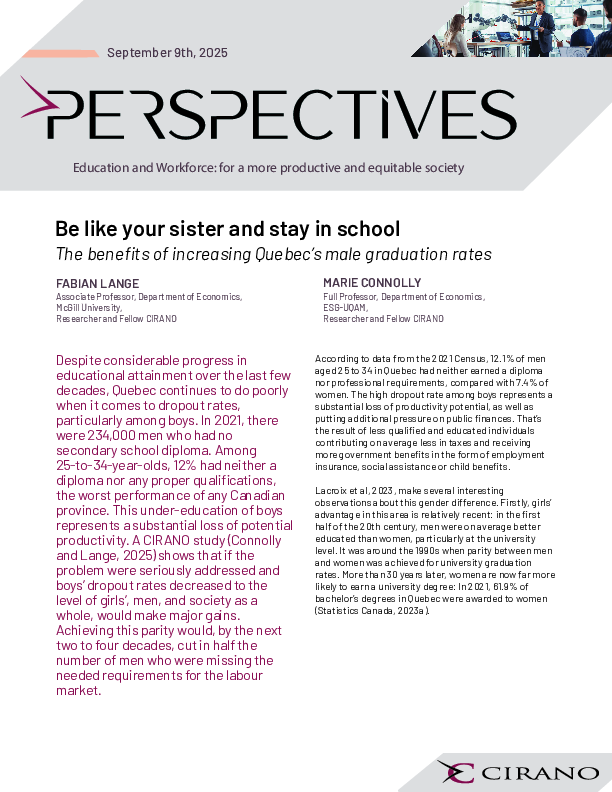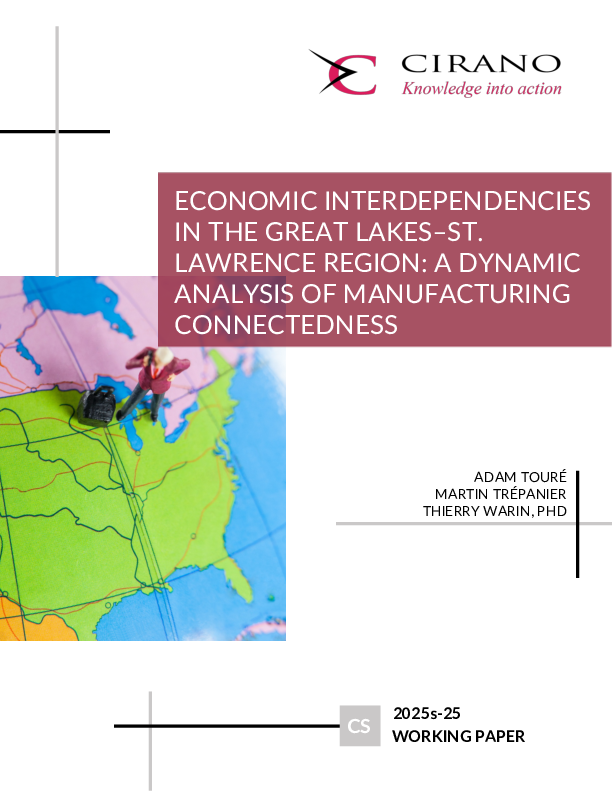Search and Multiple Jobholding
This paper develops an equilibrium model of the labor market with hours worked, offand on-the-job search, and single as well as multiple jobholders. The model quantitatively accounts for the incidence of and worker flows in and out of multiple jobholding. Central to the model’s mechanism is that holding a second job ties the worker to her primary employer, at the benefits of having a stronger outside option to bargain with the outside employer. The model is also informative of how multiple jobholding shapes the outcomes that are typically the focus of search models. Multiple jobholding has opposing effects on job-to-job transitions that mostly offset each other. At the same time, since the option of having second jobs makes the main job survive longer, it reduces job separations and increases the employment rate. These findings have material implications for the calibration of standard models which ignore multiple jobholding.




